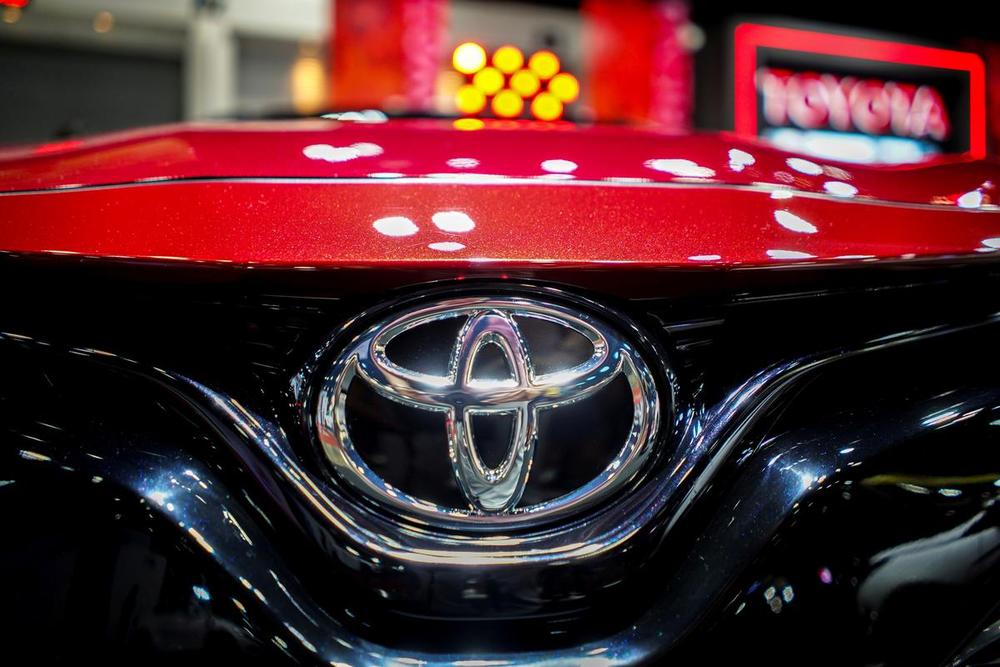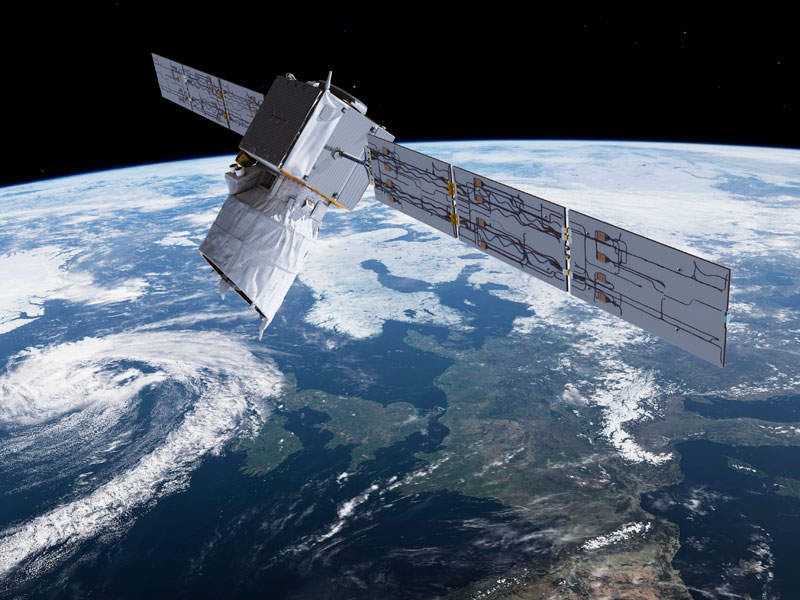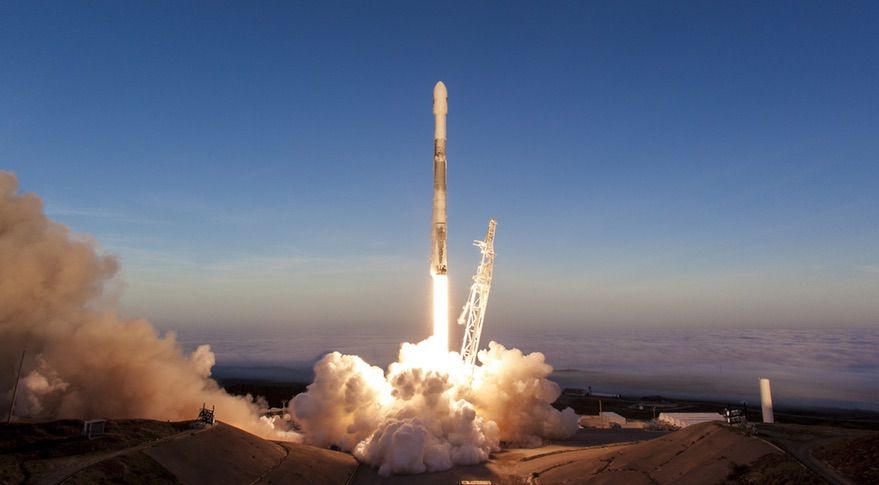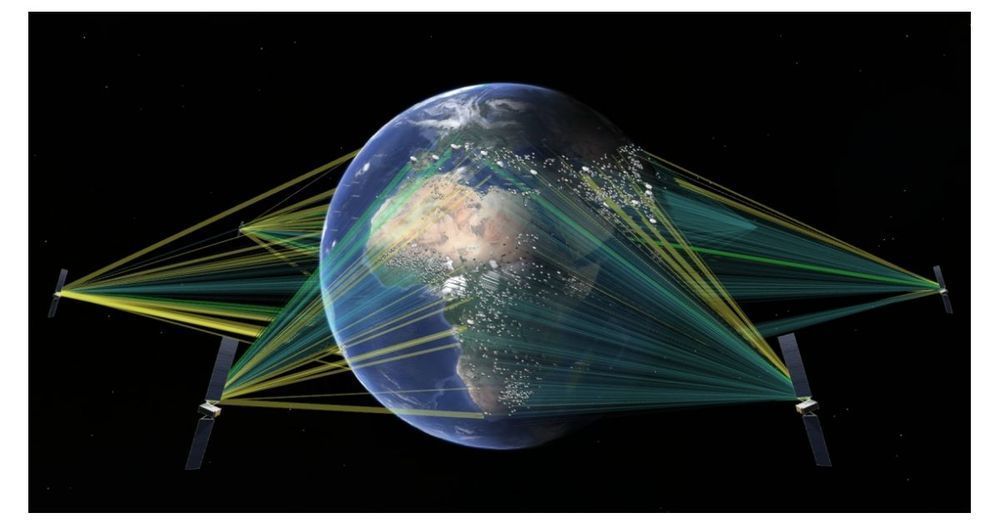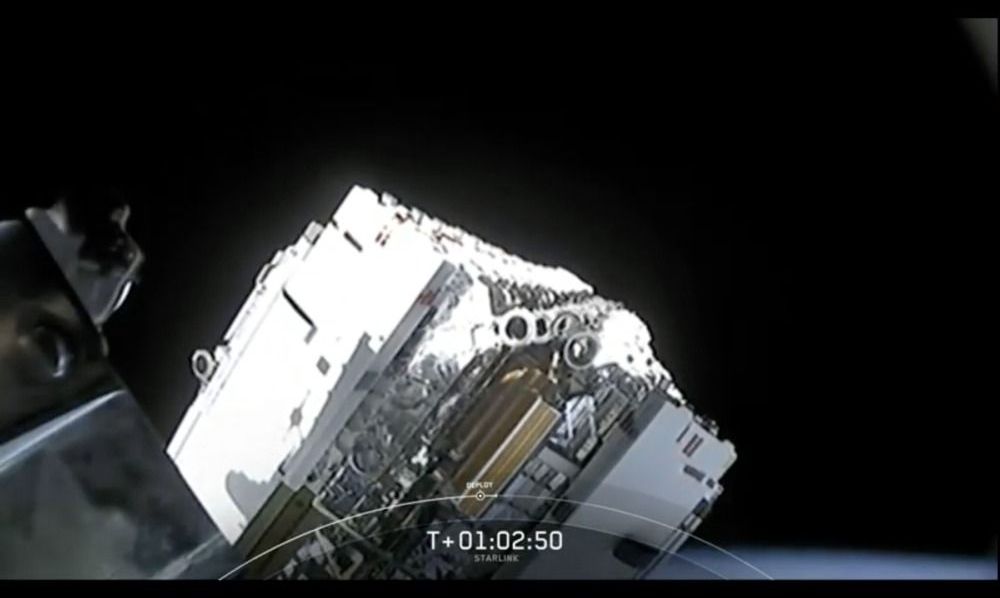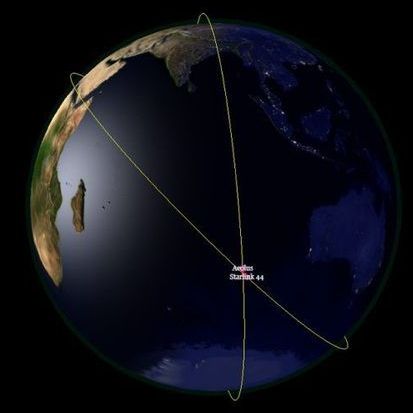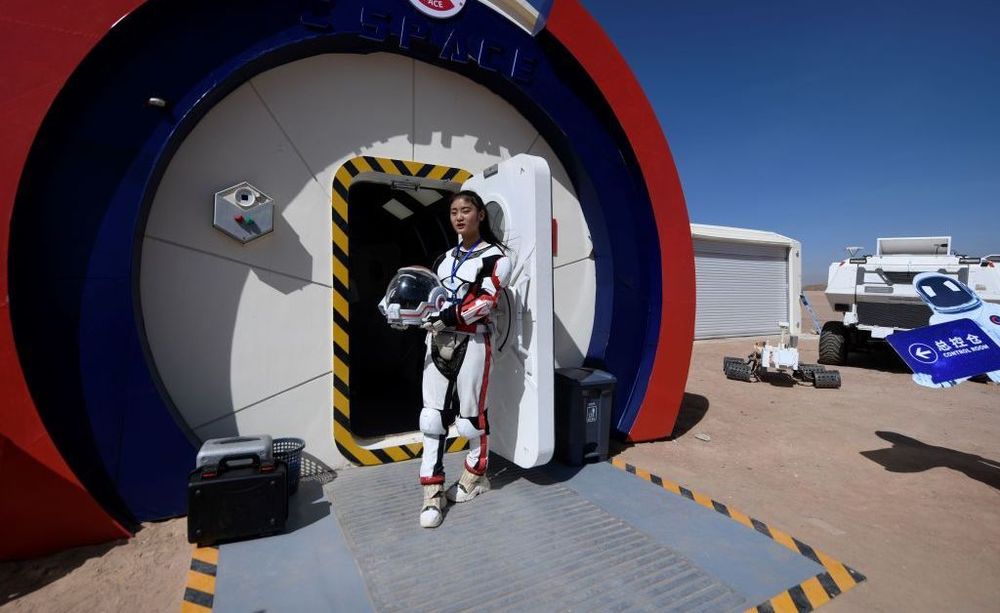SpaceX will reorganize orbits to cover more of the US in initial deployment.
Category: satellites – Page 152
TOKYO (Reuters) — Inspired by new ultra-thin solar panels developed for satellites, a project led by Toyota Motor Corp is experimenting with a sun-powered Prius that it hopes will one day require no plugging in.
In the Japanese government-funded demonstration project, Toyota engineers fitted solar panels designed by Sharp Corp to the hood, roof, rear window and spoiler to see how much juice the sun can generate.
The electricity from the panels goes directly to the drive battery, so the Prius can charge while moving or when parked.
The tradition of road rage on earth does not apply to space where someone can yell at you to move. There has to be a channel of communication form the earth’s control centres and even then, those emails can be missed. Well, this may have almost caused two assets to run into each other about 350 km above Earth last weekend. This involved a Starlink satellite belonging to SpaceX and the European Space Agency’s Aeolus satellite.
The incident actually started on Wednesday when the US Air Force’s 18th Space Control Squadron issued a risk warning to both organisations. The unit that monitors space vessels and debris warned that the collision might happen around September 2nd at 7 am ET, with a 0.1% probability.
SpaceX received a contract to launch the first seven O3b mPower satellites using Falcon 9 rockets, the companies announced Sept. 9.
LUXEMBOURG—( BUSINESS WIRE )—SES announced today that it has selected SpaceX as a launch partner to deliver its next-generation Medium Earth Orbit (MEO) satellite constellation into space on board Falcon 9 rockets from Cape Canaveral. The two companies have disrupted the industry in the past when SES became the first to launch a commercial GEO satellite with SpaceX, and later as the first ever payload on a SpaceX reusable rocket. Their next launch, in 2021, will be another one for the records as the revolutionary terabit-scale capabilities of SES’s O3b mPOWER communications system disrupt the industry again.
The global O3b mPOWER system comprises an initial constellation of seven high-throughput, low-latency MEO satellites, each capable of generating thousands of electronically-steered beams that can be dynamically adjusted to serve customers in various markets including telecom and cloud, communications-on-the-move and government. O3b mPOWER also will include a variety of intelligent, application-specific Customer Edge Terminals integrated with SES’s terrestrial network and dynamically optimised using the recently announced Adaptive Resource Control (ARC) software system, further boosting O3b mPOWER’s market-leading flexibility.
WASHINGTON — SpaceX is asking federal regulators to allow it to spread out satellites in more rings around the Earth, saying the tweak to its orbital plans could bring coverage to the southern United States in time for next year’s hurricane season.
In a filing to the U.S. Federal Communications Commission, SpaceX said it wants to triple the number of orbital planes at 550 kilometers, the altitude where its lowest layer of Ku- and Ka-band Starlink satellites are to operate.
SpaceX launched its first 60 Starlink satellites May 23 on a Falcon 9 rocket. The company needs another six Starlink launches before it will have enough satellites to start partial service, but by splitting satellites into 72 rings instead of 24 as originally envisioned, Starlink will be more spread out, enabling greater launch efficiency, SpaceX said.
According to media reports, SpaceX refused to move its satellite even after it was alerted by the US military, which monitors space traffic.
One firm looking to capitalize is Beijing-based startup i-Space, which is preparing for its third launch in coming weeks. Like most of the $500 million-valued firm’s employees, CEO Jingqi Cai came from China’s state space industry. She sees no limit to what the Chinese commercial space industry can achieve. “I don’t know any country in the world which can do things as fast as in China,” says Cai.
Still, the ability of China’s commercial space firms to compete is curtailed by strict International Traffic in Arms Regulations (ITAR) rules, which prohibit satellites containing American components from being launched by China. In response, China is offering holistic “turnkey” solutions: building U.S. component-free satellites for clients, handling the launch and offering ground station support. Although China’s share of the commercial market remains small at around 5–10%, say analysts, it is growing with launch of communications and surveillance satellites for nations like Brazil, Venezuela, Laos, Nigeria and Algeria. In addition, European satellite manufacturers have begun designing devices labeled as “ITAR-free” for this reason.
The likelihood is that China’s space exploration and commercial programs will advance in tandem. For i-Space chief engineer Yi Wei, launching satellites is simple compared to his previous job designing escape pods for China’s state-run human space program. “In comparison, I feel no pressure here at all,” he says.
Caves on the #Moon? This is a 100 m deep pit in the Sea of Tranquility, potentially an entrance to a tunnel system. We’re seeking innovative ideas for how to explore #lunar caves, via the Open Space Innovation Platform 👉 http://www.esa.int/Our_Activities/Preparing_for_the_Future/D…unar_caves (📷 NASA/GSFC/Ariz. State Univ.)
How would you design a system to detect, map and explore caves on the Moon? Our latest hunt for ideas is seeking novel initiatives that address this question.
While the surface of the Moon has been well-documented with cameras on board several satellite missions, relatively little is known about the presence and nature of subsurface cavities. In volcanic areas of the lunar maria, planetary geologists have identified pits that could be related to the collapse of cavities such as lava tubes – where lava once flowed under the lunar surface.
“Exploring and mapping these tubes could provide new information about the Moon’s geology, but they could also be an interesting option as long-term shelter for future human visitors to the Moon,” explains Franceso Sauro, Director of ESA’s PANGAEA planetary geology astronaut training. “They would shield astronauts from cosmic radiation and micrometeorites and possibly provide access to icy water and other resources trapped underground.”

